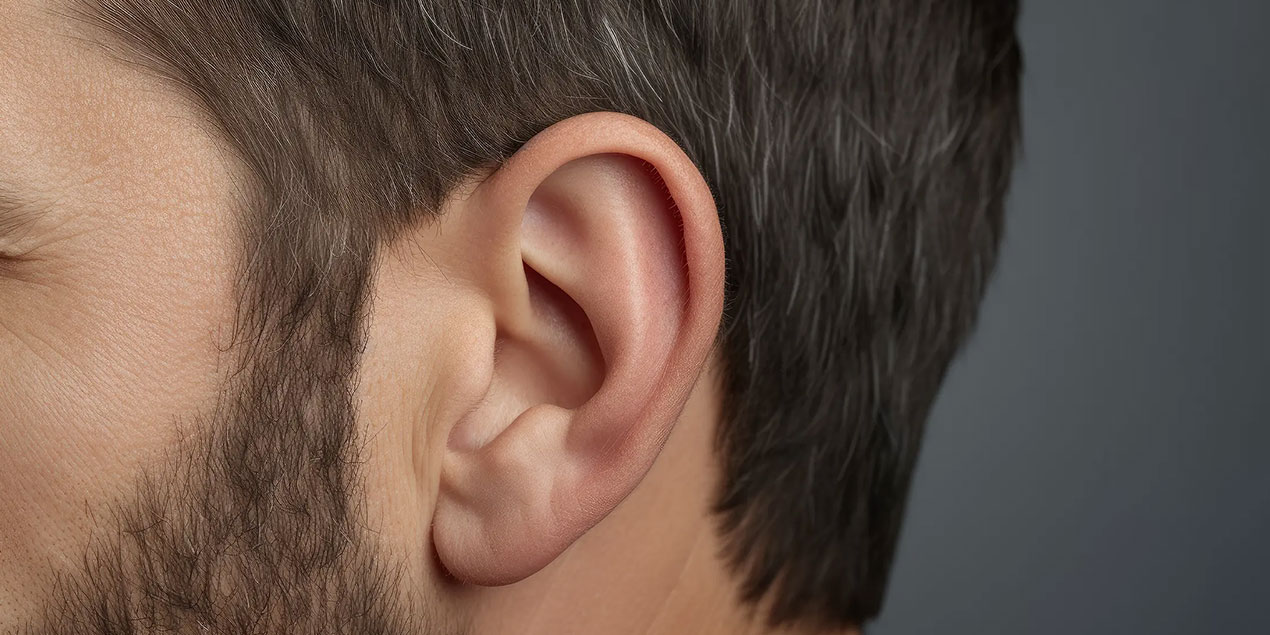Ear infections, middle ear fluid accumulation, and recurring ear pain are problems that reduce quality of life for both children and adults. Expressions like “suddenly holds their ear while playing…”, “sleep quality deteriorates at night…”, “fluid detected in hearing test” are signs of a trap in your ear. At our private clinic in Istanbul, Ear Tube Surgery (Tympanostomy + Tracheostomy) offered with our experienced ENT specialists and advanced surgical equipment safely drains fluid accumulation in the middle ear, eliminating infection risk and hearing loss.
What is Ear Tube Surgery?
Ear tube surgery is the procedure of placing short-term or permanent micro tubes made of polyethylene, silicone, or titanium through a very small hole (myringotomy) opened in the tympanic membrane to drain accumulated fluid in the middle ear and maintain ventilation.
- Purpose: To prevent effusion (fluid) in the middle ear, recurring otitis media (middle ear inflammation), and related hearing loss.
- Technique: Microscopic intervention accessed through the ear canal, not from behind the earlobe, under local anesthesia or sedation.
- Duration: 10-20 minutes; usually allows same-day outpatient discharge.
Why Choose Ear Tubes?
- Quick Hearing Comfort: Hearing threshold rapidly returns to normal after fluid drainage.
- Prevention of Recurring Infections: Since middle ear ventilation is provided, antibiotic need and disease burden decrease.
- Language and Speech Development (in Children): Early hearing problems don’t damage speech skills.
- Social and Academic Success: Attention and performance of school-age children increase.
- Minimal Recovery Time: 1 day rest after procedure; return to daily life the next day.
- Reliable and Reversible: After temporary tubes fall out or are removed, the tympanic membrane closes spontaneously.
Who Are Candidates?
- Children Aged 3-8: ≥3 recurring middle ear inflammations per year or fluid accumulation lasting ≥3 months
- Adults: Those experiencing ventilation problems with chronic otitis media
- Those with Detected Hearing Loss: Those with hearing loss due to middle ear fluid on audiogram
- Those at Risk of Barotrauma: Those exposed to diving, frequent air travel, or intense pressure changes
- Cases Where Tympanostomy Wasn’t Successful
Note: If there’s active ear infection, tympanic membrane perforation, or serious coagulation disorder, pre-surgical evaluation is performed.
Pre-Surgery Preparation Process
1. Free Consultation & Video Otoscopy
Ear canal and tympanic membrane examination, fluid amount and tube size planning.
2. Audiogram & Tympanometry
Hearing level and middle ear pressure are measured to determine outcome goal.
3. Medical Evaluation
Blood tests, anticoagulant medication use and allergy inquiry; internal medicine/cardiology approval if necessary.
4. Anesthesia Planning
Short general anesthesia for small children, local + sedation option for adults.
5. Information & Family Support
Procedure steps, tube types (temporary vs. permanent), post-procedure protection and care instructions are transparently communicated.
6. Appointment Confirmation & Preparation
4-6 hour fasting on surgery day, light fluid intake, comfortable clothing recommendations.
How is Ear Tube Surgery Performed?
- Anesthesia Initiation: Comfortable sleep with sedation or short general anesthesia.
- Microscopic Access: 1-2 mm tympanic hole is opened through ear canal.
- Fluid Aspiration: Effusion in middle ear is drained with vacuum or gentle suction.
- Tube Placement: Planned size tube is fixed to the hole in tympanic membrane.
- Control and Closure: Minimal bleeding; no dressing needed, ear canal stays clean.
- Operation Duration: 10-20 minutes; followed by 15-30 minutes monitoring in recovery room.
The Importance of Doctor Selection
Ear tube placement, although seeming simple, requires microscopic precision and anatomical knowledge:
- ENT (Otolaryngology) Specialist: Tympanostomy certified, experienced in pediatric and adult surgery
- Endoscopic Competence: Delicate tissue protection with digital otoscope and endoscope
- Anesthesia Team: Experience in pediatric and sedation + local anesthesia
- Empathetic Communication: Approach that comforts children and families, sincerely answers questions
- Hygiene & Comfort Standards: Single-use equipment, sterile operating room, and comfortable service
Surgery Day: What to Expect?
- Preparation & Anesthesia Consultation: Vital measurements, sedation plan.
- Microscopic Tube Placement: 10-20 minute quick procedure.
- Recovery & Observation: 15-30 minutes monitoring; immediate light snacking and comfort check.
- Discharge & Instructions: Home ear protection, avoiding water entry, and check-up appointment.
Recovery Process
- 1-3 Days: Mild fullness sensation in ear, sometimes slight discharge is normal.
- 1 Week: Relief in hearing, return to daily activities.
- 1 Month: Tube function fully settles, fluid accumulation recurrence is prevented.
- 3-6 Months: Temporary tubes usually fall out by themselves; if there’s a permanent tube, physician evaluation is done when necessary.
Frequently Asked Questions
1. What happens when the tube falls out?
Temporary tubes usually come out spontaneously within 6-12 months; check-up is recommended after tube falls out.
2. Swimming and showering?
Minimize water contact using ear protector plugs or cotton protectors.
3. Will I feel pain?
Minimal discomfort after procedure; cold compress and mild painkillers are sufficient.
4. Will snoring improve?
Especially in children, when combined with adenoids, snoring and mild sleep apnea symptoms decrease.
5. When after hearing test?
We confirm your hearing threshold has returned to normal with a control audiogram within 1 month.

